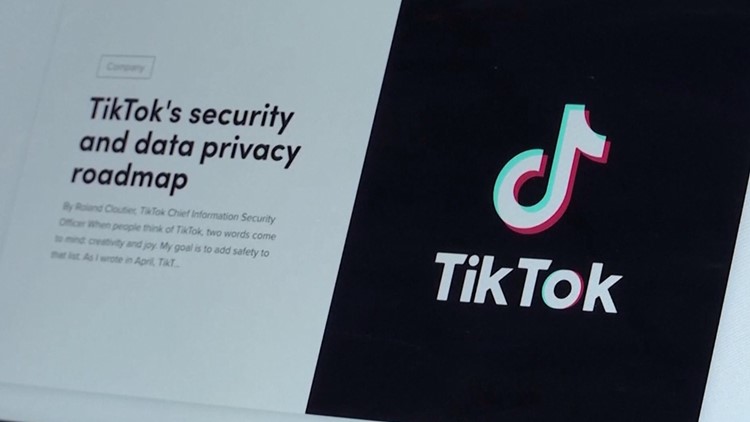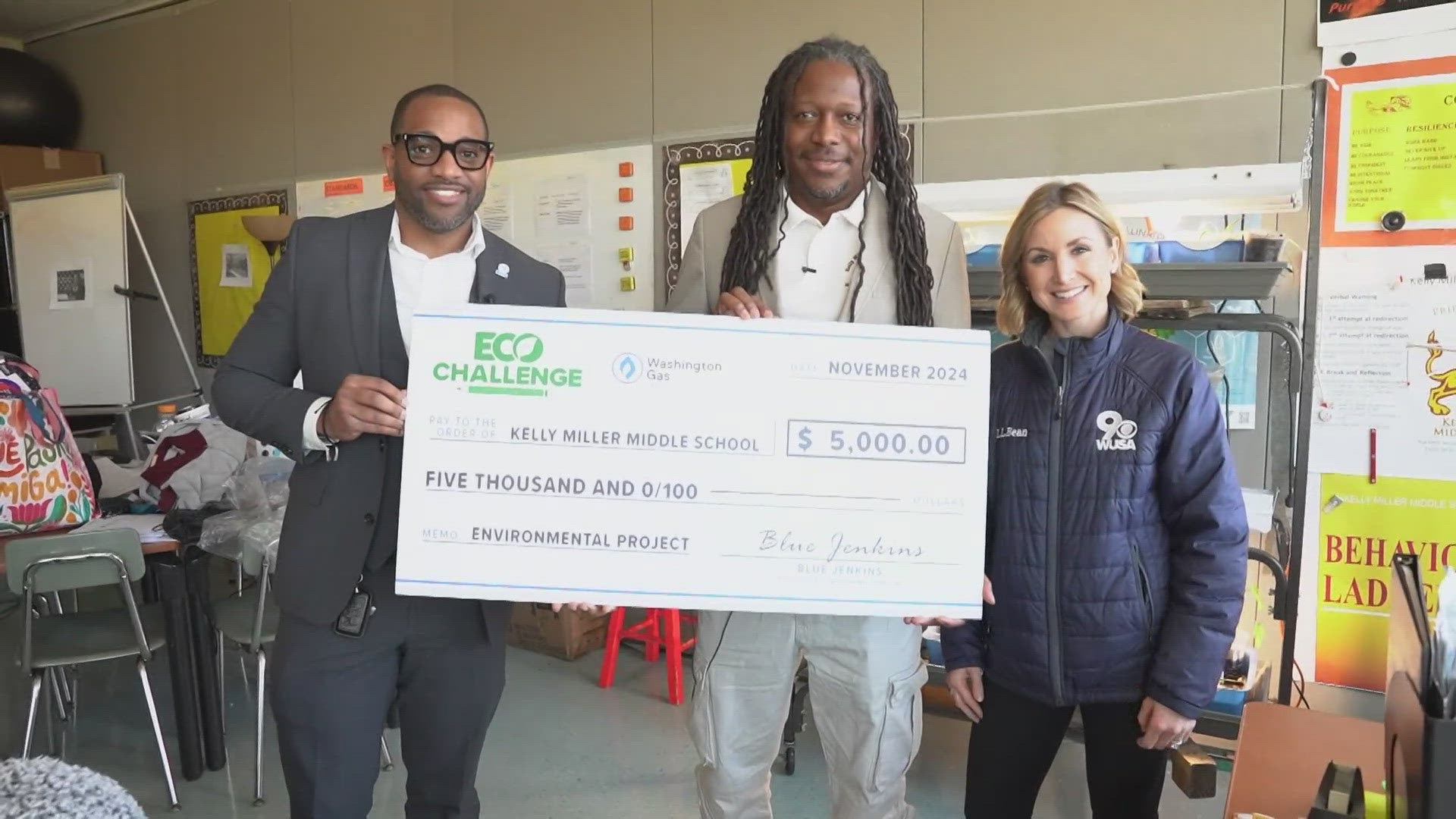WASHINGTON — What is old is new again.
Sea shanties, the centuries-old seafaring tunes, have exploded on TikTok and other social media apps.
Videos with #seashanty have been watched 2.8 billion times on TikTok alone.
It's a fun, zany trend--that might tell us something about ourselves.
"They went super viral and became the dominant meme during two weeks of the busiest news cycles I think we've seen in living memory," said American University School of Communication professor Aram Sinnreich.
According to him, TikTok's structure--where users build on each other's work--helped catapult the songs to popularity.
"One person creates something and then the next person takes something and adds something to it and then the next person can take that combination and add a third thing to it and so on and so forth," he said.
Some people on TikTok ask explicitly for others to add their own take on their video in a "duet"."
While others, like Evan Meisler on Instagram, put their own spin on the lyrics.
The iterative nature of TikTok, especially, helps users feel connected even when COVID-19 forces them to stay physically separate.
"This past year has been one of the most challenging years in the lives of people all over the globe because we've all been isolated from one another," he said. "In a way, TikTok has provided us with the ability to take those very limited circumstances and create a kind of sense of connection."
The trend is zany and weird.
But its popularity now might not be a coincidence.
"I really do think it's not accidental that the sea shanty phenomenon emerged," said Sinnreich.
The music came of age in the flawed era of trans-Atlantic sea trade in the 18th century.
"Many of these ships carried slaves," said Sinnreich.
While by no means comparable, the conditions were harsh for the "free" sailors onboard as well, says Sinnreich.
"The death rate was incredibly high, the illness rate was incredibly high," he said.
At least for many sailors onboard, Sinnreich says, the music was a unifying force in the face of the dangers of the sea that drew on aspects of many musical cultures.
"These are pieces of music that were created in order to be a big tent," he said.
Now, in a turbulent time for a nation that wrestles with a deadly virus and its own painful relationship with race, the music resonates again. This time, in the digital age, Sinnreich says the music is accessible to an even broader audience.
"People keep rediscovering this music in every generation and it always means the same thing and that thing is working together during times of difficulty and challenge with a kind of multicultural perspective that allows everyone to participate on equal terms" said Sinnreich.



